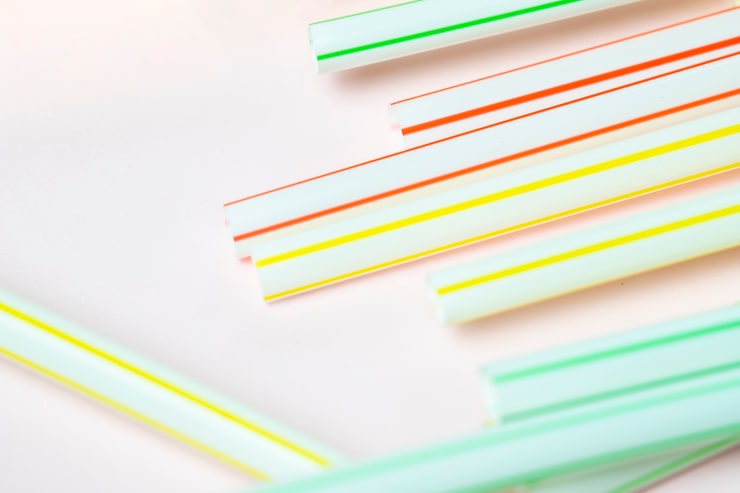PVC foam is a versatile material widely used across multiple industries due to its unique combination of properties. To fully understand what PVC foam is used for, it is important to explore its characteristics, applications, and the benefits it offers. This detailed overview will help clarify the reasons behind the material's popularity and how it can be applied effectively in various fields.

PVC foam, also known as foam PVC or expanded PVC, is a lightweight, rigid plastic material with a cellular core. This structure provides excellent strength-to-weight ratio and makes it significantly lighter than solid PVC sheets. The foam core also offers good insulation properties and resistance to moisture, chemicals, and impact. Because of these features, PVC foam has become a material of choice for applications requiring durability, flexibility, and ease of fabrication.
One of the primary uses of PVC foam is in the signage industry. Due to its smooth surface and ability to hold paint and print very well, PVC foam is ideal for indoor and outdoor signs. It provides a stable, lightweight base that is easy to cut, shape, and mount. Advertisers and designers prefer PVC foam for point-of-sale displays, exhibition stands, and billboards because it balances durability with affordability. The material’s resistance to weathering makes it suitable for long-term outdoor use without degradation.
In addition to signage, PVC foam is widely used in the construction and architectural sectors. It serves as cladding, wall panels, and decorative moldings due to its moisture resistance and dimensional stability. Unlike wood or metal, PVC foam does not warp, rot, or corrode, which reduces maintenance costs and extends the lifespan of architectural elements. It can also be easily fabricated into custom shapes, enabling architects and designers to implement creative designs with minimal effort.
PVC foam is also popular in the marine industry, where materials are often exposed to harsh environments with constant exposure to water and salt. The waterproof nature of PVC foam makes it ideal for boat interiors, bulkheads, and cabinetry. Its lightweight characteristic improves fuel efficiency by reducing overall vessel weight while maintaining structural integrity.
Another significant application of PVC foam is in the manufacturing of furniture and displays. The material’s lightness and ease of machining allow manufacturers to produce lightweight yet strong furniture pieces, especially for trade shows, exhibitions, and retail environments where portability is essential. The smooth finish also lends itself to high-quality aesthetic finishes, providing a professional look without the weight and cost of traditional materials.
PVC foam’s chemical resistance and durability have led to its use in industrial applications. It is often employed in chemical tanks, pipes, and protective barriers where exposure to corrosive substances is expected. The material’s stability under a variety of chemical exposures helps maintain safety and performance standards in demanding environments.
For hobbyists and model makers, PVC foam offers a material that is easy to work with. It can be cut, glued, and shaped using common tools, making it a favorite for prototypes, scale models, and crafts. This accessibility combined with the ability to achieve smooth finishes broadens its appeal beyond industrial use.
Despite its many advantages, it is important to recognize certain limitations of PVC foam. It may not be suitable for high-load structural applications due to its cellular core, which limits compressive strength compared to solid plastics or metals. Additionally, PVC foam can degrade when exposed to prolonged high temperatures, so its use must be evaluated based on environmental conditions.
In conclusion, PVC foam is used for a wide range of applications across industries such as signage, construction, marine, furniture manufacturing, and industrial components. Its combination of lightweight durability, ease of fabrication, resistance to moisture and chemicals, and cost-effectiveness make it a material of choice for many professionals. Understanding these uses and properties can help businesses and individuals select PVC foam confidently for projects that demand versatility and performance.
Whether for creating durable outdoor signs, lightweight furniture, marine components, or decorative architectural elements, PVC foam continues to offer excellent value and practical benefits, securing its role as a key material in modern manufacturing and design.


